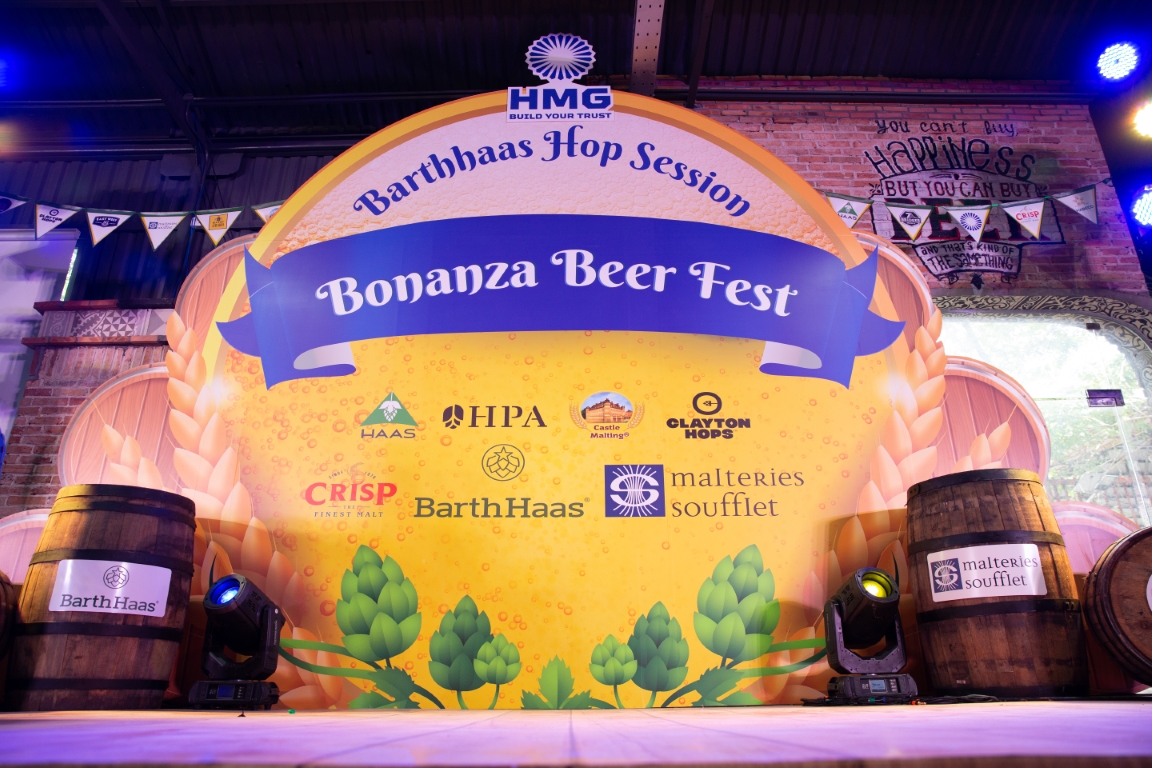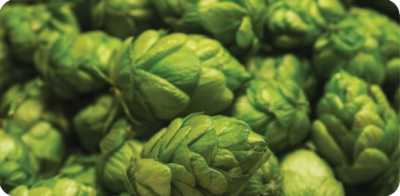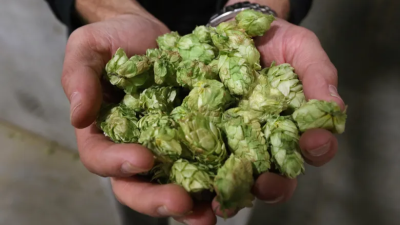Official crop estimate Germany
The total estimated harvest for the German growing area is 41,110 t. This is divided between the growing regions as follows:
| Hallertau | 35,250 t |
|---|---|
| Elbe-Saale | 2,928 t |
| Tettnang | 2,360 t |
| Spalt | 550 t |
| Germany in total | 41,110 t |
In comparison, the crop in Germany in 2022 was 34,405 t.
Further details on the official crop estimate can be found at the Association of German Hop Growers: https://www.deutscher-hopfen.de/de/Presse/Pressemitteilungen
Weather and plant development Germany
The situation since the last hop update has improved in all German growing regions due to high precipitation at the end of the month July. The temperatures were cooler than usual for this time of the year but since week 33 the temperatures increased highly again. Due to the good water supply the plants could develop nice cones out of the existing flowers. Nevertheless, many hop bines are thinner at the top with less side shots.
The plant development is about the long-term average in all growing regions. The hops have a BBCH stage of 81 to 89, start of maturity to full maturity.
Red spider mite is hardly found. The flea beetle poses a bigger problem. It eats its way from the leaves to the cones until they wilt. There is no approved plant protection product against it at this stage of development.
Fungal diseases are also an increasing challenge. Powdery mildew is found in many fields, especially in susceptible varieties such as Hercules. Likewise, infestations of downy mildew have increased in recent weeks.
In Tettnang some farms have already started the harvest at the beginning of this week. In the Hallertau most farms will approx. start harvesting in the week 36. Farms in Elbe-Saale will start harvesting in early to mid-September.
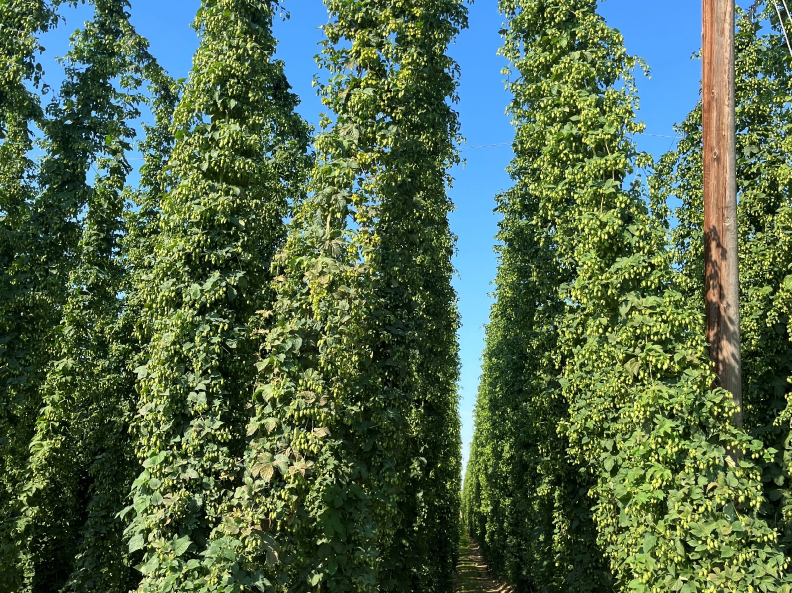
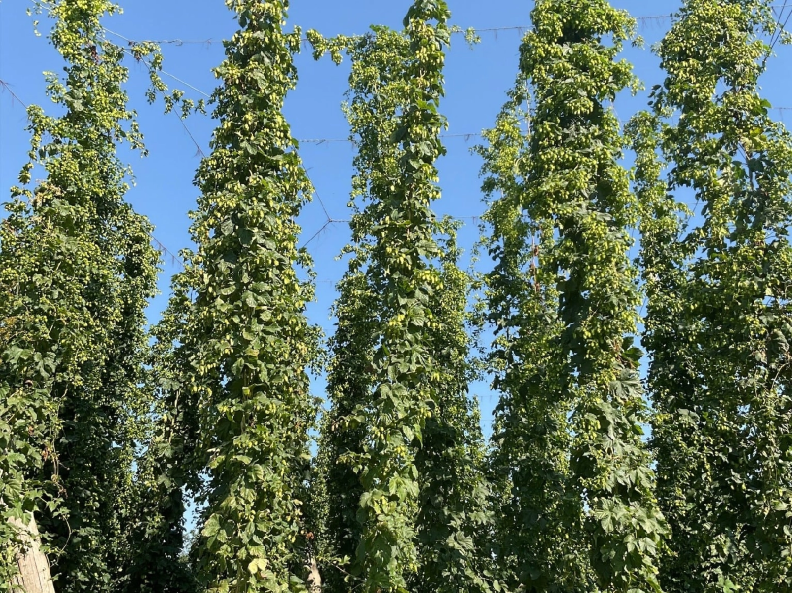


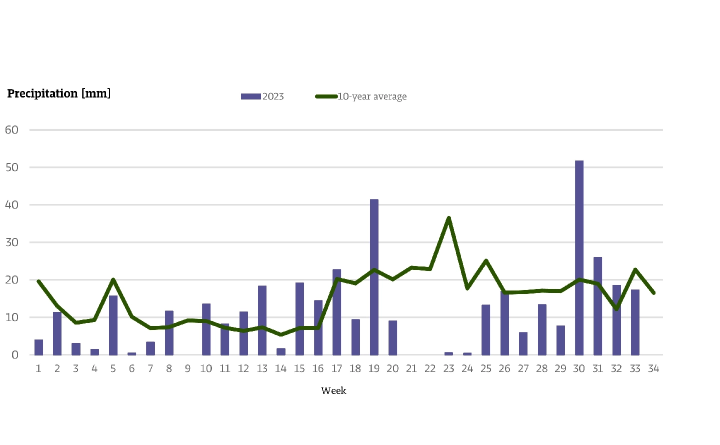
Plant development other growing areas
Czech Republic:
The plant development in the Czech growing regions is in the long-term average for most varieties. Some farms have already been harvesting since week 33.
The persistent drought was interrupted in the meantime by rainfall and cooler temperatures. Precipitation varied greatly depending on the region.
Due to the longer drought, alpha values are below average, especially for the largest variety, Saazer. The hops are to be rated as average. Diseases and pests are currently not to be found.
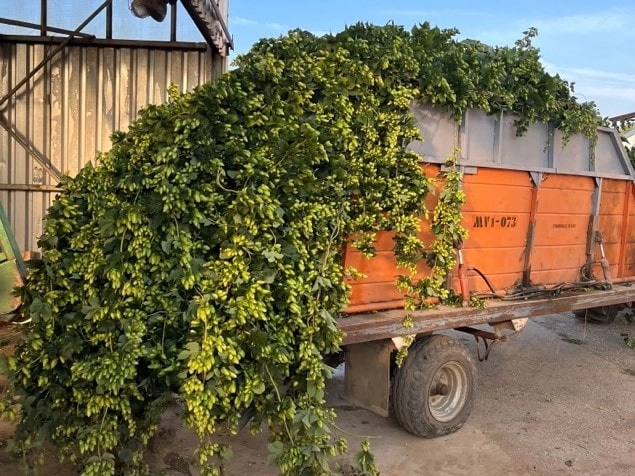
Slovenia:
The growing area was increasingly affected by storms and severe thunderstorms in mid-July. Heavy flooding caused by heavy rainfall followed at the beginning of August. These did not affect the yield and quality of Slovenian hops.
Despite the severe weather conditions, the hops are average. The first alpha values are also average, but there are some differences within the varieties. Some farms have already started harvesting the earliest variety Savinjski Golding.

Poland:
In Poland, moderate temperatures with sufficient precipitation and no storms. The hops can be described as average. Harvesting is expected to start on the first farms in week 36, that’s why no alpha values are available at this early stage.
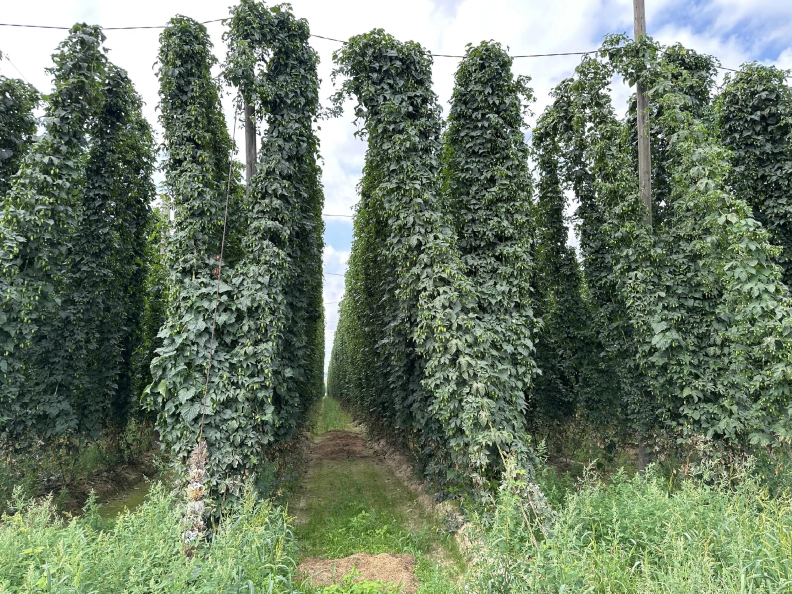
USA:
Despite the partly very high temperatures, there was some precipitation. The plant development is in line with the long-term average. In addition, sufficient water is available for irrigation. As a result, most of the hops are average. An exception are the varieties Centennial and Simcoe, which are below average due to an early bloom.


